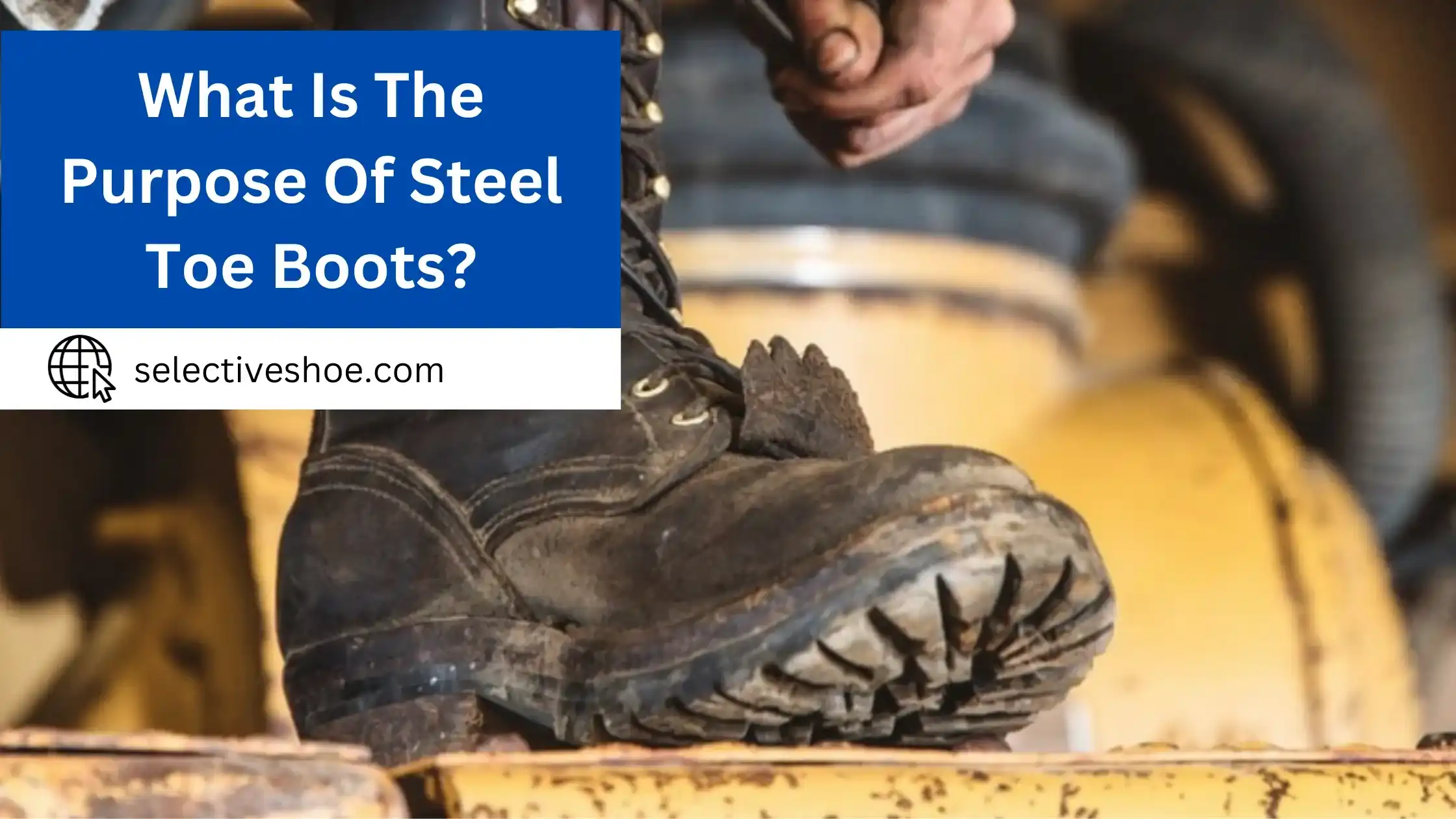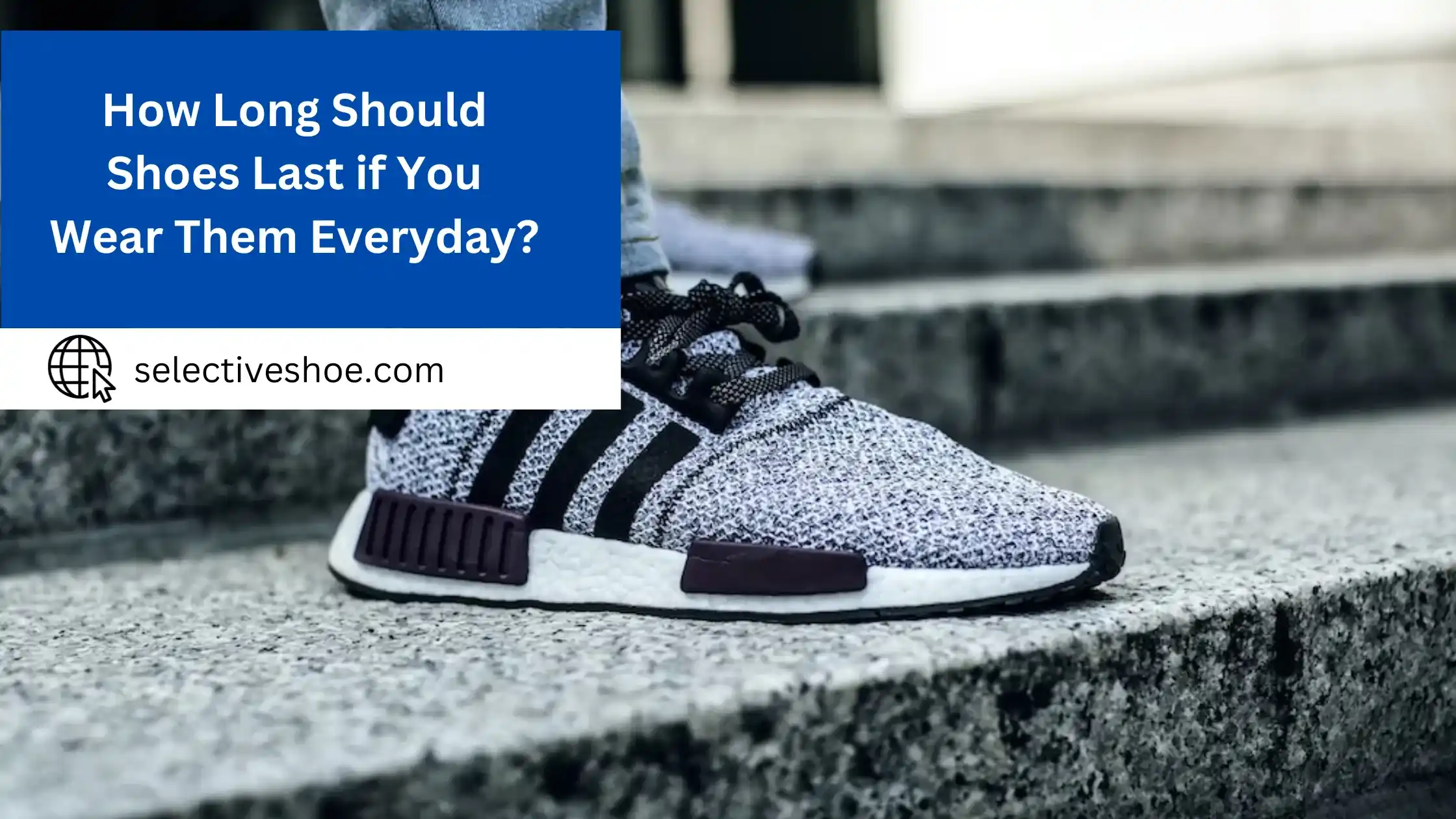Living with diabetes can be daunting, and one of the most important things to remember is taking care of your feet. If you’re a person with diabetes, you know how important it is to practice good foot care. Not only does proper foot care reduce the risk of injury and infection, but it can also help manage your diabetic symptoms!
If you’ve ever heard the phrase “diabetic shoes,” then you may be wondering what they are and why they might make for an essential part of your overall foot health plan. Here, we’ll explain exactly what diabetic shoes are and why are they considered a must-have accessory for those living with diabetes.
Diabetic shoes also referred to as therapeutic footwear, are specially designed shoes that offer comfort and protection for people living with diabetes. The extra cushioning of the shoe helps protect sensitive foot areas from pressure sores, while the unique design offers additional stability for those struggling with balance issues.
Why Specialized Footwear Matters for Diabetics?
Specialized footwear holds significant importance for individuals with diabetes, primarily due to the unique medical challenges that the condition presents. Diabetes often leads to complications such as neuropathy, which is nerve damage that decreases sensation in the feet, making it difficult to detect irritation or injury.
Poor circulation is another common issue among diabetics, which can slow down the healing process for sores or wounds and increase the likelihood of infection. They can also improve blood flow, an essential factor in foot health for diabetics. In summary, specialized footwear is not merely a luxury but a necessary tool in the comprehensive medical management of diabetes.
The Unique Features of Diabetic Shoes:
Diabetic shoes come with a range of unique features specifically designed to address the foot care needs of individuals with diabetes. These include:
Wide Toe Box:
A wide toe box provides extra room for the toes to move freely, reducing cramping and accommodating foot deformities such as hammertoes and bunions.
Deep Heel Cup:
The deep heel cup in diabetic shoes offers added stability and cushioning, supporting the foot’s arch and heel areas, which can be particularly beneficial for those with plantar fasciitis or heel pain.
Non-Binding Uppers:
Diabetic shoes often feature non-binding uppers made from soft, flexible materials that conform to the foot’s shape without creating pressure points that could lead to sores or ulcers.
Seamless Design:
Many diabetic shoes are constructed with a seamless interior to minimize areas that could rub against the skin, thereby reducing the risk of irritation, blisters, or skin breakdown.
Removable Insoles:
These shoes typically come with removable insoles that offer extra cushioning. They can be easily replaced with custom orthotic devices tailored to individual foot care needs.
Breathable Materials:
Diabetic shoes often use breathable fabrics to help keep the feet dry and at a regulated temperature, reducing the risk of bacterial and fungal infections.
Easy Closure Mechanisms:
Velcro straps, elastic laces, or other easy closure mechanisms are often used to ensure that the shoe can be fastened securely without putting undue pressure on sensitive areas of the foot.
Anti-Slip Sole:
A non-slip sole is often a feature of diabetic shoes to ensure stability and reduce the risk of falls, which can be a major concern for people with diabetes who may already have compromised balance or mobility. By incorporating these specialized features, diabetic shoes aim to prevent complications and offer comfort to those dealing with the unique foot care challenges posed by diabetes.
Who Should Wear Diabetic Shoes?
Diabetic footwear is specially designed to provide extra cushioning and support for those with diabetes. People who have diabetes often experience foot complications such as nerve damage and circulation issues. That’s why it’s important to wear diabetic shoes to protect your feet and help prevent any further complications from arising.
When looking for the right diabetic footwear, make sure you find the pair that best fits your foot size and shape. Diabetic shoes should fit snugly but not too tight, allowing room for air circulation as well as support. It’s also important to find shoes that are designed with plenty of room for orthotics or other special insoles. When combined with the right shoes, these extra supports can help relieve pressure and improve foot health.
Factors to Consider When Shopping for Diabetic Shoes:
When shopping for diabetic shoes, here are some factors you should consider:
Fit:
The correct fit is of paramount importance when selecting diabetic shoes. Ill-fitting shoes can lead to blisters, pressure sores, and other complications. Many diabetic shoes are available in various widths to provide the best fit possible. When being fitted, make sure you’re wearing the type of socks you’ll usually wear, and consider the time of day, as feet can swell throughout the day.
Material:
The material of the shoe should be breathable to help control moisture and reduce the risk of fungal infections. Leather, canvas, or some advanced fabric materials are typically recommended. Avoid synthetic materials that don’t allow the foot to breathe.
Toe Box:
The area around the toes, known as the toe box, should be roomy enough to allow natural toe movement. A narrow toe box can cause crowding and ultimately lead to skin breakdown, increasing the risk of ulcers and infections.
Insole:
A good insole can make a big difference in comfort and support. Look for shoes with removable and cushioned insoles that can be replaced with custom orthotics, if necessary. The insole should provide adequate cushioning to disperse pressure and reduce impact while walking.
Caring for Your Diabetic Shoes: Maintenance Tips:
Once you have the right pair of diabetic shoes, it’s crucial to take good care of them to maintain their effectiveness. Here are some maintenance tips:
Regular Inspection:
Every time you put on or take off your shoes, inspect them for wear and tear. Pay special attention to the inner lining, as frayed fabric and protruding stitching can irritate your skin and lead to complications.
Cleaning:
Use a damp cloth to clean the exterior of your shoes. For the interior, it’s preferable to use an antibacterial wipe that is gentle on the skin. Ensure the shoes are completely dry before wearing them again, as moisture can promote bacterial growth.
Insole Replacement:
Over time, even the best insoles can flatten, reducing their effectiveness. Regularly inspect your insoles for signs of wear and replace them as needed. Custom orthotics should also be checked periodically by healthcare professionals to ensure they are still structurally sound.
Rotating Pairs:
Having more than one pair of diabetic shoes allows you to rotate them, giving each pair time to air out and return to its natural shape. This can extend the lifespan of each pair and allow for more effective moisture management.
Conclusion:
Diabetic shoes are an incredible asset to anyone with diabetes so they can keep their feet healthy and protected. People can look into getting a professional assessment to check if they need diabetic shoes. If you are living with diabetes, understanding the importance of diabetic shoes and investing in the right pair is key to taking care of your feet. Having healthy feet can make a huge difference in someone’s life as it helps prevent more serious medical concerns from developing.







